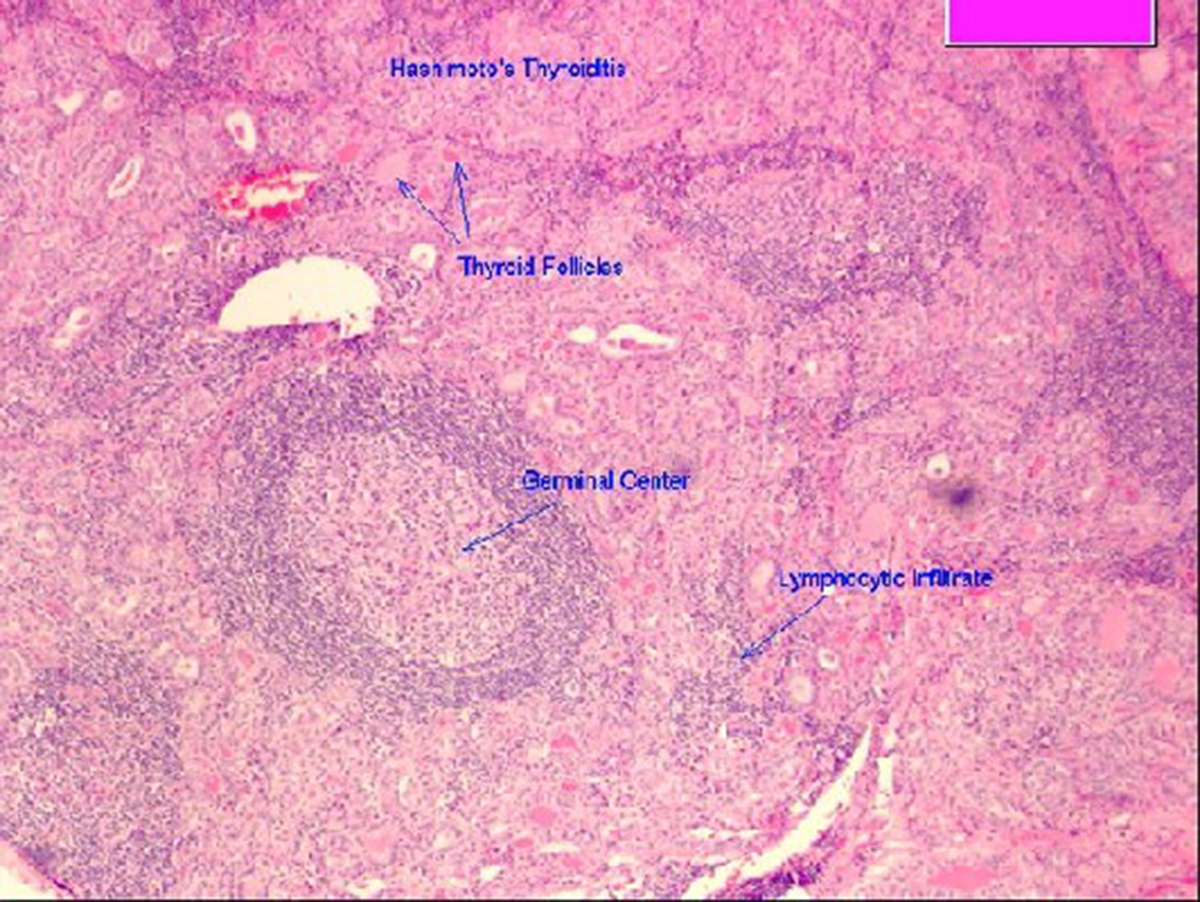Table of Contents
The thyroid gland is responsible for making the thyroid hormones that control how the body uses energy. When a person has Hashimoto’s disease, their immune system begins to attack its own thyroid gland. This autoimmune reaction causes the thyroid gland to become swollen and irritated. When this happens, the thyroid cannot make hormones as it should. Hyperthyroidism is a condition in which the thyroid gland produces more of its hormones than it should.
What should you know about Hashimoto's disease, its symptoms, and its treatment?
What is Hashimoto’s disease?

Hashimoto's disease is sometimes also known as Hashimoto’s thyroiditis, autoimmune thyroiditis, or chronic lymphocytic thyroiditis. This is a serious autoimmune disease that requires proper medical care.
In Hashimoto's disease, antibodies react to the proteins in the thyroid, causing a gradual destruction of the gland itself. The condition also affects the thyroid's ability to produce the thyroid hormones the body needs. The thyroid gland is found low in the neck and is shaped like a butterfly. It produces two hormones; thyroxine (T4) and triiodothyronine (T3).
These hormones are released into the bloodstream, controlling the speed of all the body’s functions or metabolism. In patients with hypothyroidism the output of these hormones is reduced, resulting in a decrease in metabolism. This causes various non-specific symptoms.
A general muscle slow-down leads to tiredness, while reduced body metabolism causes dry skin, hair loss, constipation and weight gain. Joints commonly swell up, while shortness of breath may develop due to the condition's effects on the heart. In women, periods may become heavy, and slower brain activity might result in memory loss or poor concentration. Youngsters may fail to grow and may not do well at school, although some people have no symptoms of Hashimoto's disease at all. However, a doctor may notice only a slow pulse or another minor change in appearance on physical examination of these patients.
If the thyroid gland is enlarged, the doctor may identify the condition as Hashimoto’s disease, named after the Japanese physician who first described this combination of abnormalities.

